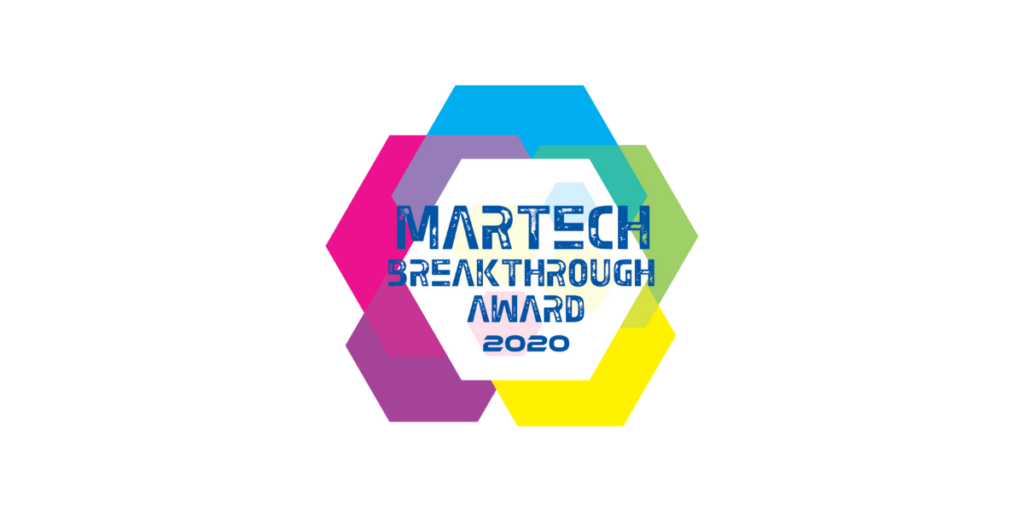
With the right technology, it’s easy to choose and track the data points that matter most to your brand or agency so you can calculate and improve ROI. But with so much information available, how can marketers prioritize which data points they should track?
After looking at the industry as a whole, plus thousands of examples from a wide variety of brands, agencies, and media companies, we’ve honed in on the data points that truly make a difference and move the needle in influencer marketing campaigns.
Here are the five data points marketers should pay attention to during the discovery process to ensure the highest-possible ROI…
But first, consider your target audience
First, let’s take a moment to think about what influencer marketing is, at its core: digital word of mouth. Once we truly understand that influencers are simply trusted experts with an engaged audience who cares about what they have to say, we can begin to tap into that audience’s state of mind when they look to consume content from their favorite creators.
The goal of any influencer campaign isn’t just to hire influencers you think are a good fit for your brand based on their aesthetic and surface-level social profile insights. The goal is to connect with the right audience; those who are predisposed to have a positive reaction to your brand, product, or message.
With that in mind…
The 5 Influencer Data Points That Move the Needle Most:
- Content Health & Category benchmarks
- Affinities (Brand & Audience)
- Audience Demographics
- Length of Partnership
- Past Conversion Rates
Content Health & Category Benchmarks
Content health = how well a creator’s content is performing compared to other, similar or “look-alike” creators.
In the Tagger platform, users can simply run an analysis and compare influencers side by side to see how similar they are and how well their content is performing. If you don’t have a technology partner where you can easily see this data, look at data from past campaigns you may have run and see how well the influencer you’re thinking of hiring measures up in terms of all the various forms of engagement across different platforms.
Similar to content health, Category Benchmarks are based on the average engagement rate (ER) in a particular category, taking into account the influencer’s tier. This data point is extremely helpful because average engagement rates vary by platform (Twitter is significantly lower than Instagram, for example).
It’s not just about the creator’s ER, it’s about how that ER compares to others in their same niche. This data point can also inform what type of content you ask for in your campaigns. For example, a particular creator might have content that performs better in video versus carousel formats, or they may be much higher than the industry benchmarks on YouTube, but average on Instagram which could influence where you ask them to post.
Affinity
- Affinity = How much a given profile overlaps with another.
If there is a high overlap between two profiles, it’s determined that these profiles talk about the same topics and therefore are considered to have an affinity to one another. Affinity data lets you reach people based on their lifestyle, passions, and habits. There are two ways to calculate affinity…
- Brand Affinity: How much a creator’s profile overlaps with a certain brand’s profile.
If the creator talks about similar subjects and mentions similar accounts, they are found to have a high affinity for that brand.
- Audience Affinity: How much a creator’s audience behavior overlaps with a certain brand or creator’s profile.
If a creator’s audience talks about similar subjects and mentions similar accounts, they are found to have a high affinity for that creator or brand.
Audience Demographics
A common mistake we see marketers make is focusing only on a creator’s individual demographics. If you want your campaign to have any real impact, it’s imperative you analyze a creator’s audience (not just the creator themselves) for relevant info like…
- Primary Location
- Gender
- Language
- Age range, etc.
When you approach influencer discovery in this way, there’s a higher probability your branded content will be relevant to the audience, not just to the creator.
Proposed Length of Partnership
Over the past couple of years, we’ve observed an interesting Industry Trend: Long-Term Creator Partnerships. We believe marketers should jump on this bandwagon and invest in long-term influencer partnerships.
First, when you take your time selecting a creator you plan to partner with over a long period of time, you’re tapping into the element of “know, like, trust”; that creator’s audience already knows them, likes them, and trusts their opinion. You’re now part of that trusted community.
Second, Repetition= Recognition. The more you show up in a certain influencer’s feed, the more ROI you’ll drive over time as you become more recognizable by their audience. After all, it takes us an average of being exposed to something seven times before we purchase a product or service. It follows that marketers can use frequency of posts with influencers to increase their odds of being shown to the same eyes multiple times to increase the likelihood of purchase or engagement. The data indicates there will be higher engagement with higher brand awareness.
Finally, audiences react more favorably to branded content when it shows up as part of the user’s preferred social media experience. With more than 50% of consumers using Ad Blockers on their browsers, many of the ads marketers are paying for are simply going unseen. Add to that the ever-changing privacy laws and iOS updates and it’s even less likely digital ads will be seen by your target audience. By partnering with influencers, you’re meeting your target demographic where they already are: on social media.
Past Conversion Rates
Before signing on the dotted line, it can be helpful to ask, “How effective has this creator been at driving follower action in past partnerships?”
During the hiring process, ask the creator you’re thinking of hiring about any alternative or “out of the box” methods they’ve used to drive conversions; email and blog, for example.
Creators may not have all the data as far as their past conversion rates, but if they do it’s extremely helpful to see how your campaign could potentially stack up.
Regardless of whether the influencers you work with have data about past campaigns, you can be sure to utilize affiliate links, UTM parameters, promo codes, dedicated landing pages and link tracking. This ensures you see accurate reporting data so you can make informed investment decisions about any future partnerships.
Go Beyond the “Obvious” Data Points
There’s a huge trap in the influencer marketing industry to get distracted by vanity metrics like follower count and likes. What really matters is focusing on the audience of a giver influencer, not so much the influencer themselves. The whole point of working with creators is to access untapped markets and drive awareness and engagement with new audiences. Next time you’re going through the influencer discovery and hiring process, remember these five data points and watch your ROI climb!
Want to see how Tagger helps the top global brands, agencies, and media companies discover the perfect influencers for their campaigns? Book a live demo here and we’ll show you exactly how to find creators for your specific industry and goals!



